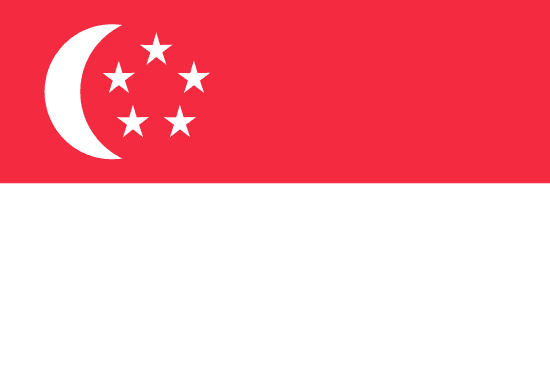"Uniquely Singapore | Uniquely Singapore"
About:
Singapore, a Southeast Asian city-state, was founded as a British trading colony in 1819. It joined the Malaysian Federation in 1963 but separated two years later, becoming independent. Under Lee Kuan Yew's leadership, Singapore developed into one of the world's most prosperous nations with strong international trading links. Its political environment is stable, and it has one of the highest per capita gross domestic products in the world. Today, it's a global hub for education, entertainment, finance, healthcare, and transport.
When to visit:
Singapore is a year-round destination due to its consistent tropical climate with high temperatures and humidity. However, the best time to visit Singapore is during the dry season which occurs from February to October. This period offers lower chances of rainfall and more sunshine, ideal for exploring the city's outdoor attractions and activities. Travelers should be aware that Singapore can experience occasional haze from forest fires in neighboring countries during certain months.
When to avoid:
The worst time to travel to Singapore on a holiday is during the monsoon season, which typically occurs from November to January. During this period, heavy rainfall and thunderstorms are frequent, leading to potential disruptions in outdoor activities and sightseeing. Additionally, the humidity levels are high, making it uncomfortable for travelers to explore the city's attractions. It is advisable to avoid booking a holiday to Singapore during the monsoon season to ensure a more enjoyable and hassle-free experience.
Monsoon Season (Nov-Jan)
In Singapore, the wettest period is the Northeast Monsoon season from November to January. Average temperatures range between 23°C to 30°C. The rainfall can reach up to 318mm in December, the wettest month. Sunlight is limited with heavy cloud cover and high humidity. An average day for a visitor during this period might involve navigating intermittent heavy showers and thunderstorms, typically occurring in the afternoon. Despite the rain, the city remains vibrant and bustling, offering many indoor activities and attractions.
"Equatorial Heat (March–September)"
In Singapore, the warmest part of the year typically falls between May and September. During this period, average high temperatures hover around 31 to 33 degrees Celsius, while the average lows are around 24 to 25 degrees Celsius.
Rainfall during these months is relatively lower compared to the monsoon seasons, with monthly averages ranging from 150mm to 180mm. However, Singapore experiences rainfall throughout the year, so occasional rain showers can still be expected.
As for sunlight, the city-state enjoys an average of 12 hours of daylight per day, with sunrise around 7 am and sunset close to 7 pm. The sun is typically strongest between 11 am to 3 pm.
Humidity levels in Singapore are consistently high throughout the year, usually between 70% to 90%, and this can make the heat feel more intense.
Cloudiness varies, but clear or partly cloudy days are common during this period. However, due to the high humidity and heat, afternoon thunderstorms are a frequent occurrence, leading to periods of cloudiness.
A typical day for a visitor during the warmest part of the year in Singapore would start with a warm, sunny morning, followed by increasing heat and humidity as the day progresses. Afternoon thunderstorms can bring a brief respite from the heat, but the humidity often remains high. Evenings are warm and humid, but slightly cooler than the daytime. Despite the heat and humidity, most indoor areas in Singapore are air-conditioned, providing relief from the tropical climate.
Language:
In Singapore, a multitude of languages are commonly spoken due to its multicultural society. English is the lingua franca, used in business, education, and daily life. Mandarin Chinese is also widely spoken, as a significant portion of the population is of Chinese descent. Malay, being the national language, and Tamil, representing a substantial Indian community, are also prevalent.




